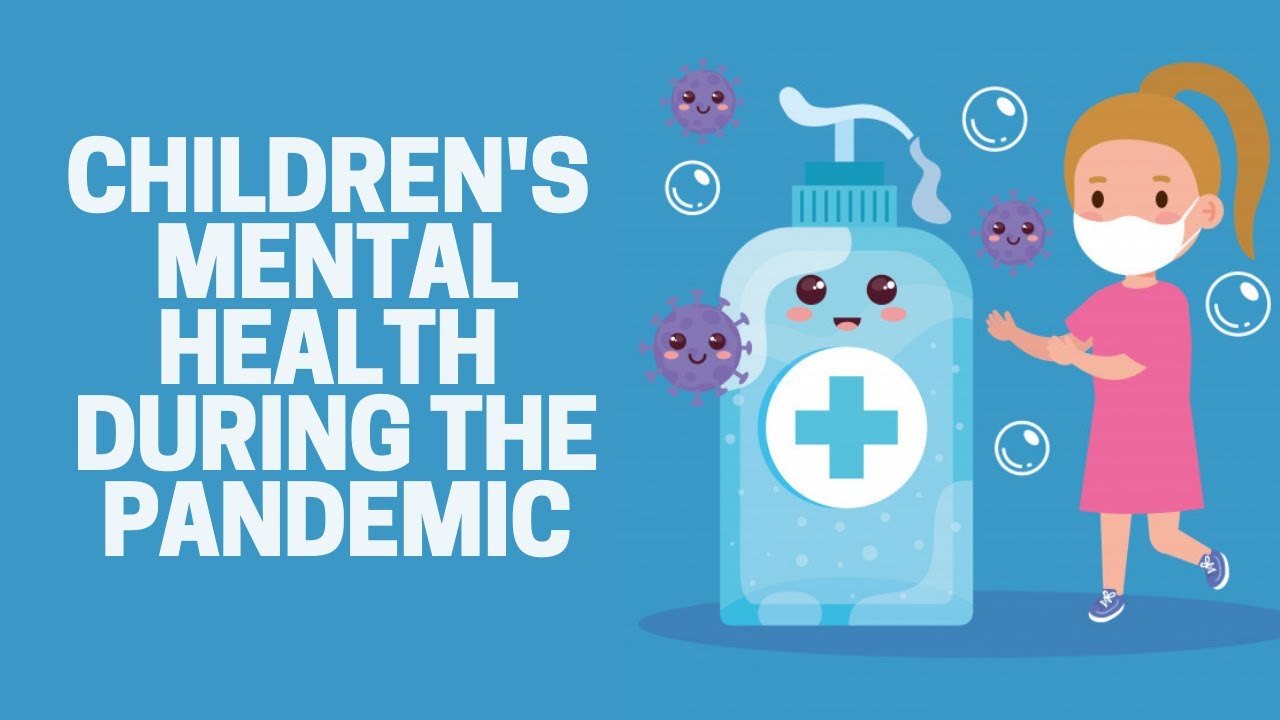Mental health is inclusive to all, however, this video covers the effect of the pandemic on children and youth under the age of 12. Although children may be unable to fully grasp the concept of their mental health and wellbeing, restrictions posed by public health protocols have taken away aspects of their life, just like any other member of the community. We urge you to keep watching this video for some insight on home safety, transition to online learning, nutrition and exercise, the impact on special needs children, video games, and many more environmental factors that impair a child’s mental health and physical perception of the world around them. We also provide an outline of a prominent resource developed by SickKids called CARD. This system allows parents and caregivers to make a personalized system for children to make their routine during the pandemic a little less difficult.
This video was made by McMaster students Harleen Sangha, Rose Yazdan-Parast, Ashkan Samienezhad, & Elena Ricci in collaboration with the McMaster Demystifying Medicine Program
Copyright McMaster University 2020
Resources:
Moovly; integrated stock videos
CARD resource created by SickKids Foundation Retrieved from https://www.aboutkidshealth.ca/card
Thumbnail Graphic from www.freepik.com, a premium vector website with free access to graphic designs, also known as stock photos.
https://www.nbcnews.com/think/opinion/school-reopenings-are-being-touted-good-students-well-being-s-ncna1236188
References:
AboutKidsHealth: CARD System. (2020). Retrieved from https://www.aboutkidshealth.ca/card
CAMH’s statement on mental health during the pandemic
http://www.camh.ca/-/media/files/pdfs—public-policy-submissions/covid-and-mh-policy-paper-pdf.pdf
Imran, N., Zeshan, M., & Pervaiz, Z. (2020). Mental health considerations for children & adolescents in COVID-19 Pandemic. Pakistan Journal Of Medical Sciences, 36 (COVID19-S4). doi: 10.12669/pjms.36.covid19-s4.2759
Patel, K. (2020, December 1). Mental health implications of COVID-19 on children with disabilities. Asian Journal of Psychiatry. Elsevier B.V. https://doi.org/10.1016/j.ajp.2020.102273
Orben, A., & Przybylski, A. K. (2019). The association between adolescent well-being and digital technology use. Nature Human Behaviour, 3(2), 173-182. doi:10.1038/s41562-018-0506-1
Pierce, M., Hope, H., Ford, T., Hatch, S., Hotopf, M., John, A., . . . Abel, K. M. (2020). Mental health before and during the COVID-19 pandemic: a longitudinal probability sample survey of the UK population. The Lancet Psychiatry, 7(10), 883-892. doi:10.1016/S2215-0366(20)30308-4
Courtney, D., Watson, P., Battaglia, M., Mulsant, B. H., & Szatmari, P. (2020). COVID-19 Impacts on Child and Youth Anxiety and Depression: Challenges and Opportunities. The Canadian Journal of Psychiatry, 65(10), 688-691. doi:10.1177/0706743720935646
Kardefelt Winther, Daniel (2017). How does the time children spend using digital technology impact their mental well-being, social relationships and physical activity? an evidence-focused literature review, Innocenti Discussion Papers no. 2017-02, UNICEF Office of Research – Innocenti, Florence
Przybylski, A. K., & Weinstein, N. (2019). Investigating the Motivational and Psychosocial Dynamics of Dysregulated Gaming: Evidence From a Preregistered Cohort Study. Clinical Psychological Science, 7(6), 1257-1265. doi:10.1177/2167702619859341
source



